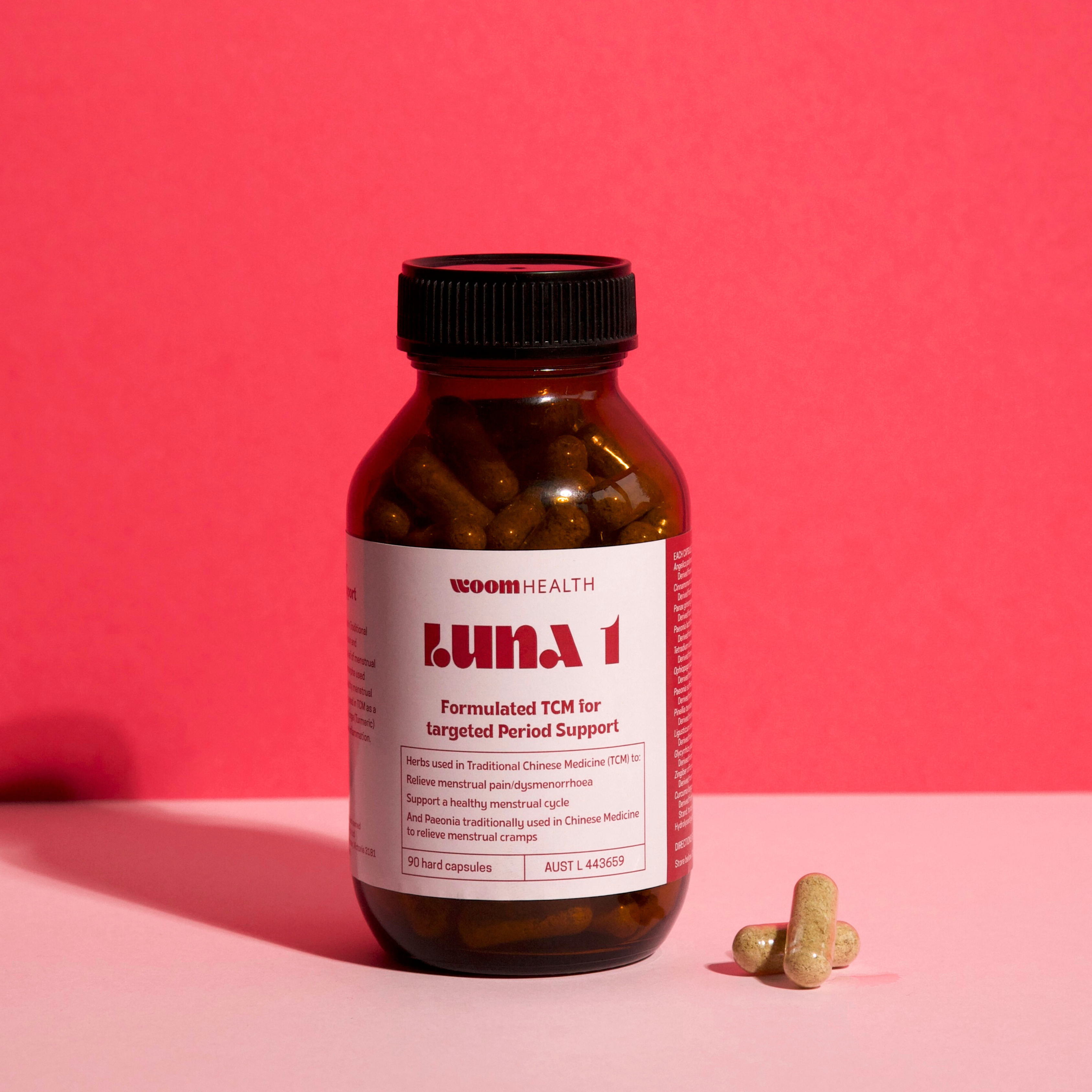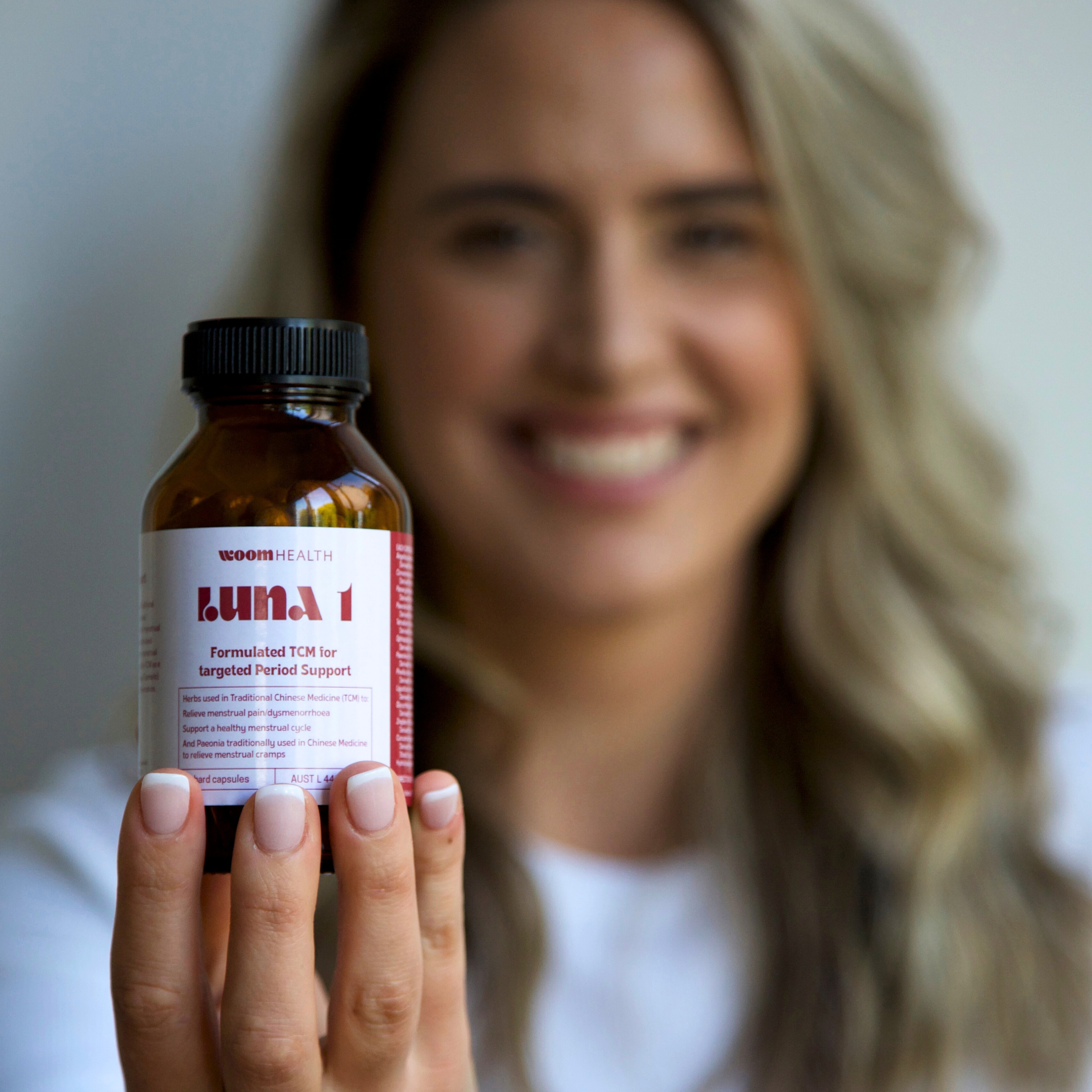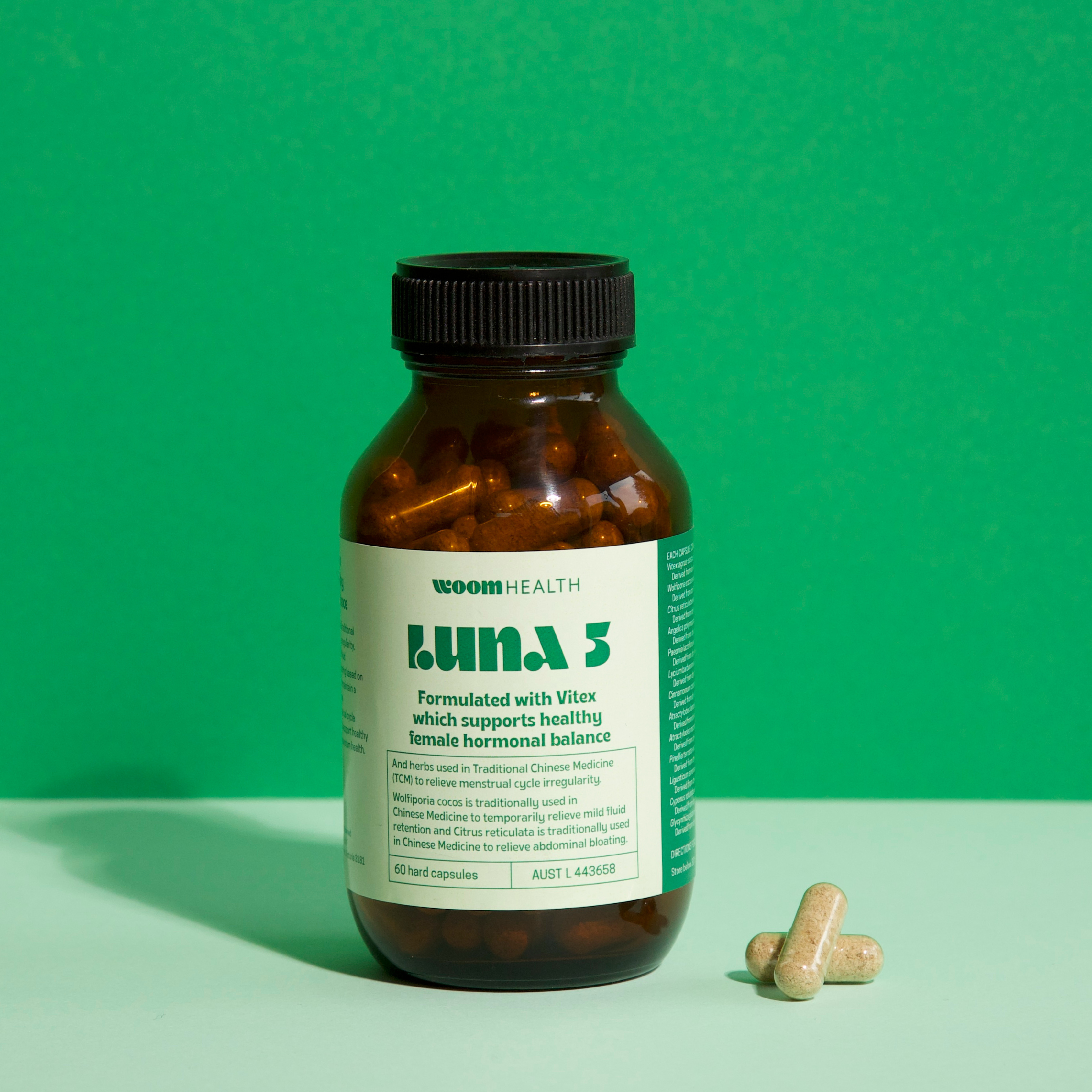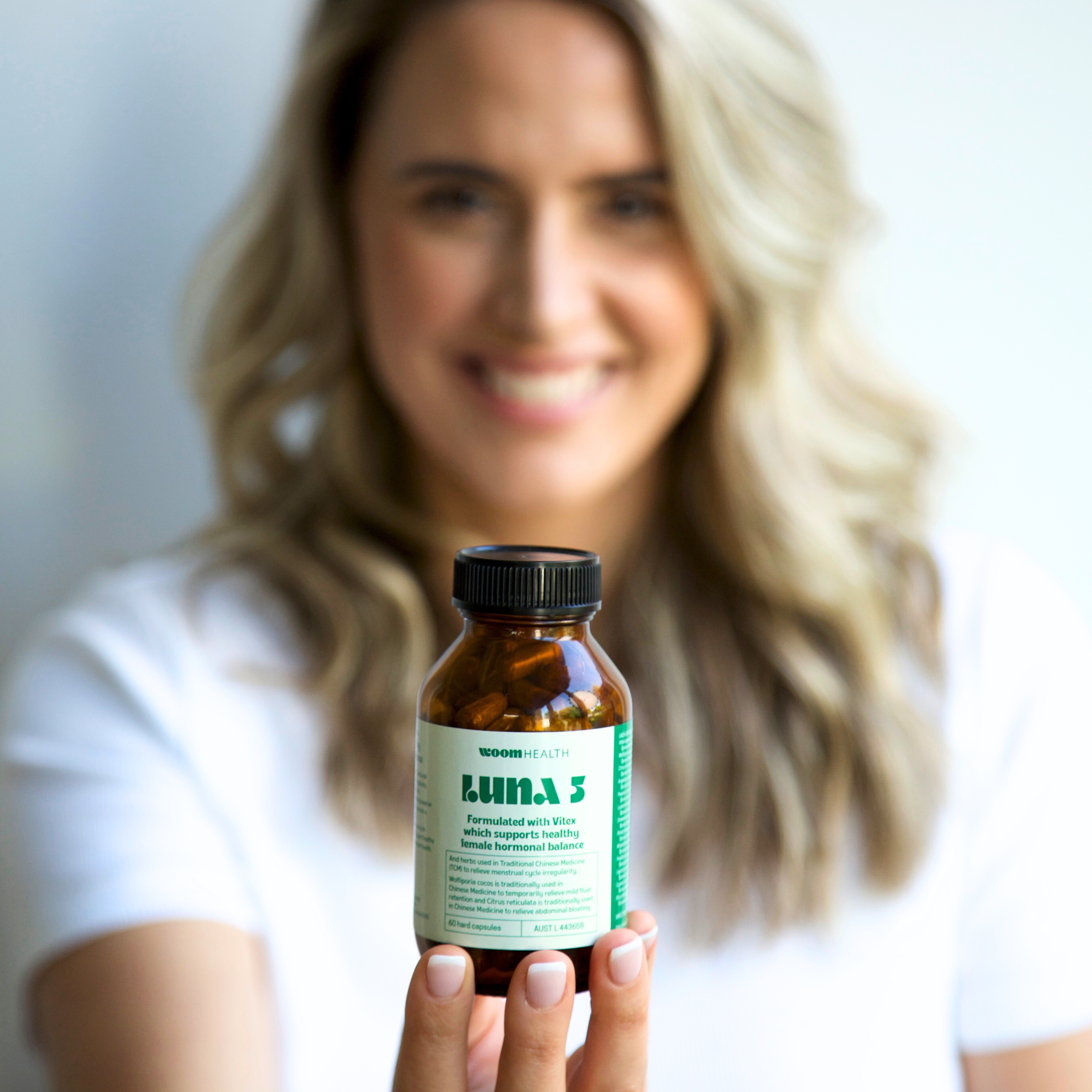Period Blood Colour, Clots & Cramps: What's normal and what is not
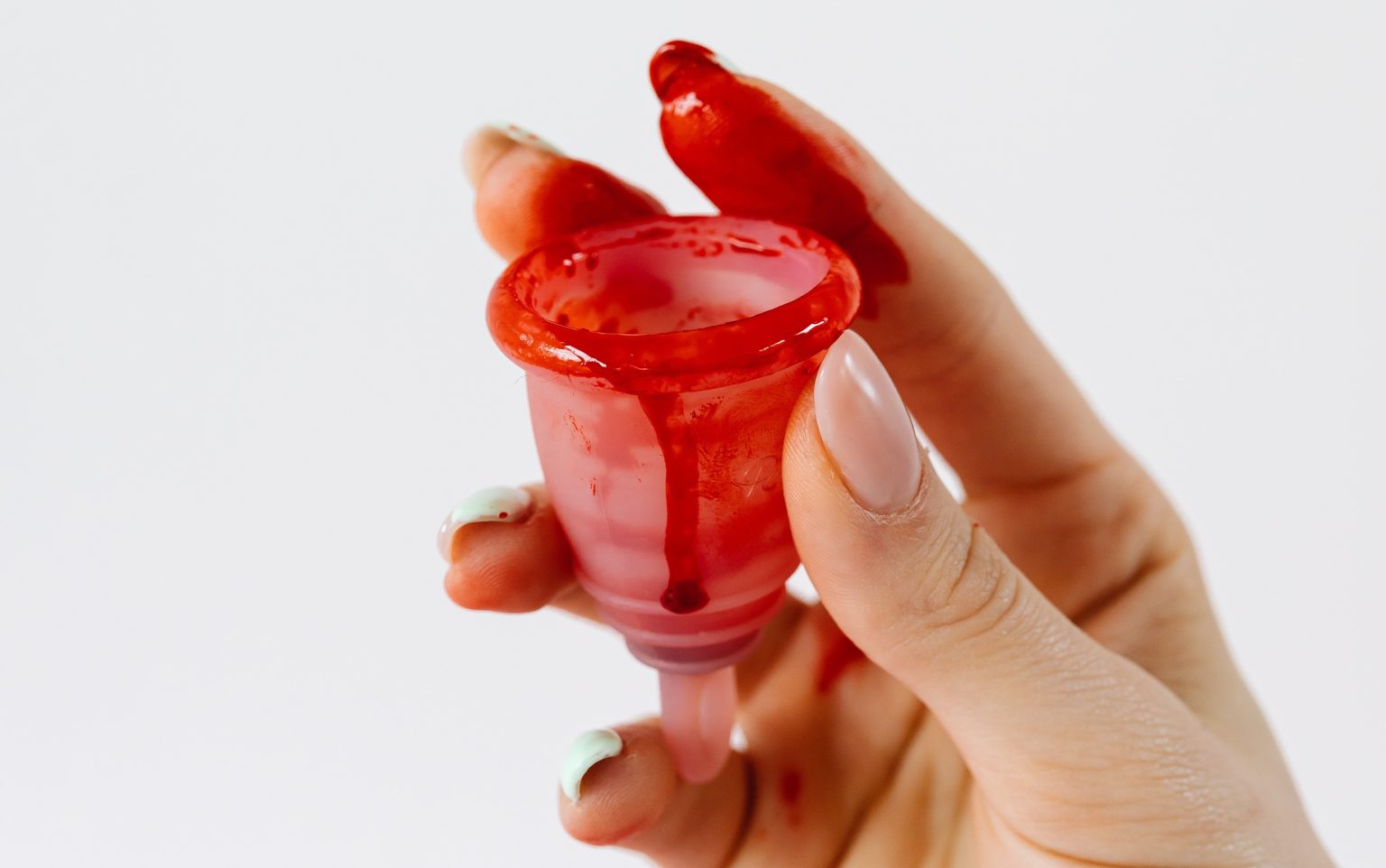
Want a free health check? Well, we have fantastic news for you. Your period blood colour grants access to a wellspring of information about your physical and reproductive health—and all that completely free of charge!
So when that time of the month rolls around again, be sure to be a little more observant of the period blood colour, consistency, and texture. And to get you well-prepped for that, we’ve put together a quick and easy period blood guide that’ll walk you through what’s normal and what’s not when Aunt Flo pays a visit.
Let’s jump right in!
what’s a period?
A period, also known as menstruation, is the discharge of blood and tissue from the inner lining of your womb. This blood and tissue are expelled through the vagina when pregnancy doesn’t occur [1].
Each month, your uterus lining thickens, anticipating the implantation of an embryo. When this doesn’t happen, the lining of your uterus breaks down, releasing the excess tissue she no longer needs. Then, the cycle repeats.
what a healthy period and period blood colour looks like
The ins and outs of a “normal” and not-so-normal period may be a little much to wrap your head around right away, and that’s okay. But as you learn more about your menstrual flow, you’ll be able to tell when something’s off.
healthy period duration, cycle, and blood volume
In Chinese medicine, a healthy period is a period that just arrives—without drama, pain, and dread. A healthy period is a non-event, meaning it doesn’t disrupt you from going about your day-to-day.
Around the time of your period, you should not be experiencing cramps painful enough to mark the pain scale, and you shouldn’t have to take time off your work, job, or school.
The flow usually lasts around 3-5 days, and a normal cycle sits in the range of 25-35 days. A period that plays out twice in a single month or once in more than two months is considered an irregular cycle, and consistent irregularity may indicate an underlying issue [2, 3].
The volume of flow can also paint a meaningful picture of your health. The amount of blood lost averages around 30mL throughout an entire period; that’s around 2-3 tablespoons of blood each month. Anything above 50mL is considered heavy, while more than 80mL of blood loss is regarded as abnormal [1].

are period blood clots normal?
Heavy menstrual bleeding and passing large blood clots are not normal.
In Chinese medicine, grainy clots are considered semi-normal. But if you pass clots larger than a five or ten-cent coin, this may be a sign that your menstrual flow is really heavy.
Another sign of heavy bleeding is soaking through a tampon or pad in less than 2 hours. In either case, it’s safest to get things checked out by your doctor.
period blood colours and what they mean
Bright red isn’t the only colour on the spectrum that period blood can be. Period blood may take on a wide range of colours, from light pink and orange to dark purple or blue. How your period appears can be a tell-tale sign of your health and hormone levels.
Here are some possible colours of period blood:
- Fresh, bright red colour at the start of your period.
- Darker red tone to your blood, signalling the end of your menses.
- Orange or grey tinges to your vaginal discharge or period blood, indicating a possible infection
- Thick, viscous, and clotty purple blood accompanied by painful cramps, possibly signifying a stagnation of blood flow in your uterus
- Light pink blood in the middle of your period, which may point towards low estrogen, a nutritional problem, or anaemia
how to track your period and cycle
You may have heard of the four vital signs of the human body—body temperature, pulse rate, rate of breathing, and blood pressure.
But more recently, menstrual health became the 5th vital sign introduced to the medical realm. This is a monumental milestone, as menstrual well-being was finally acknowledged as an important health marker!
the anp period report card
If you’re a menstruator keen on getting in touch with your cycle and flow, we’ve developed a period blood report card that helps with just that! The ANP monthly report card can be downloaded right from our website, and it guides you in observing the nature of your monthly flows.
Our period blood report card is designed to help you keep track of the following:
- Colour of your menstrual blood
- Length of your cycle
- Volume of blood flow
- Number of bleeding days
- Odour and texture of menstrual blood
- Pain level and accompanying symptoms
By tracking this 5th vital sign, you’re tapping into a free wellspring of information about your physical well-being and hormonal health.
why does my period look different? should i see a doctor?
A wide array of what you eat, do, and practice in your life can affect your menstrual health. Your period length, flow, colour, and rhythm can change due to the following reasons [4]:
- A lack of proper nutrition or excessive weight loss
- Overexercising or pushing yourself too far past your physical limits
- Underlying medical conditions, such as polycystic ovarian syndrome (PCOS)
- Excessive stress and elevated cortisol levels
- Birth control
It’s always best to seek the advice of your healthcare provider if you’ve noticed any abnormalities or unusual changes to your regular menses.
This again emphasises the importance of getting in tune with your menstrual health—and, well, the ANP monthly report card makes tracking your flow more convenient and comprehensive!
ANP’s natural PMS tincture can also help support a healthy period by balancing your hormones. This natural tincture contains a blend of certified organic herbs fuelled by plants, modern science, and ancient wisdom that may help reduce PMS symptoms, including mood swings, breast tenderness, fatigue, and cramps.
references:
[1] Thiyagarajan DK, Basit H, Jeanmonod R. Physiology, Menstrual Cycle. [Updated 2021 Oct 30]. In: StatPearls [Internet]. Treasure Island (FL): StatPearls Publishing; 2022 Jan-. Available from: https://www.ncbi.nlm.nih.gov/books/NBK500020/
[2] Azis, A. A., Kurnia, N., Hartati, & Purnamasari, A. B. (2018). Menstrual Cycle Length in Women Ages 20-30 years in Makassar. Journal of Physics: Conference Series, 1028, 012019. https://doi.org/10.1088/1742-6596/1028/1/012019
[3] Bae, J., Park, S., & Kwon, J. W. (2018). Factors associated with menstrual cycle irregularity and menopause. BMC women’s health, 18(1), 36. https://doi.org/10.1186/s12905-018-0528-x
[4] Liu, Y., Gold, E. B., Lasley, B. L., & Johnson, W. O. (2004). Factors Affecting Menstrual Cycle Characteristics. American Journal of Epidemiology, 160(2), 131–140. https://doi.org/10.1093/aje/kwh188
